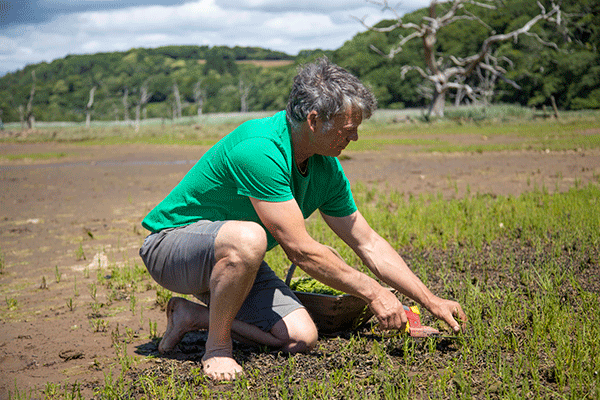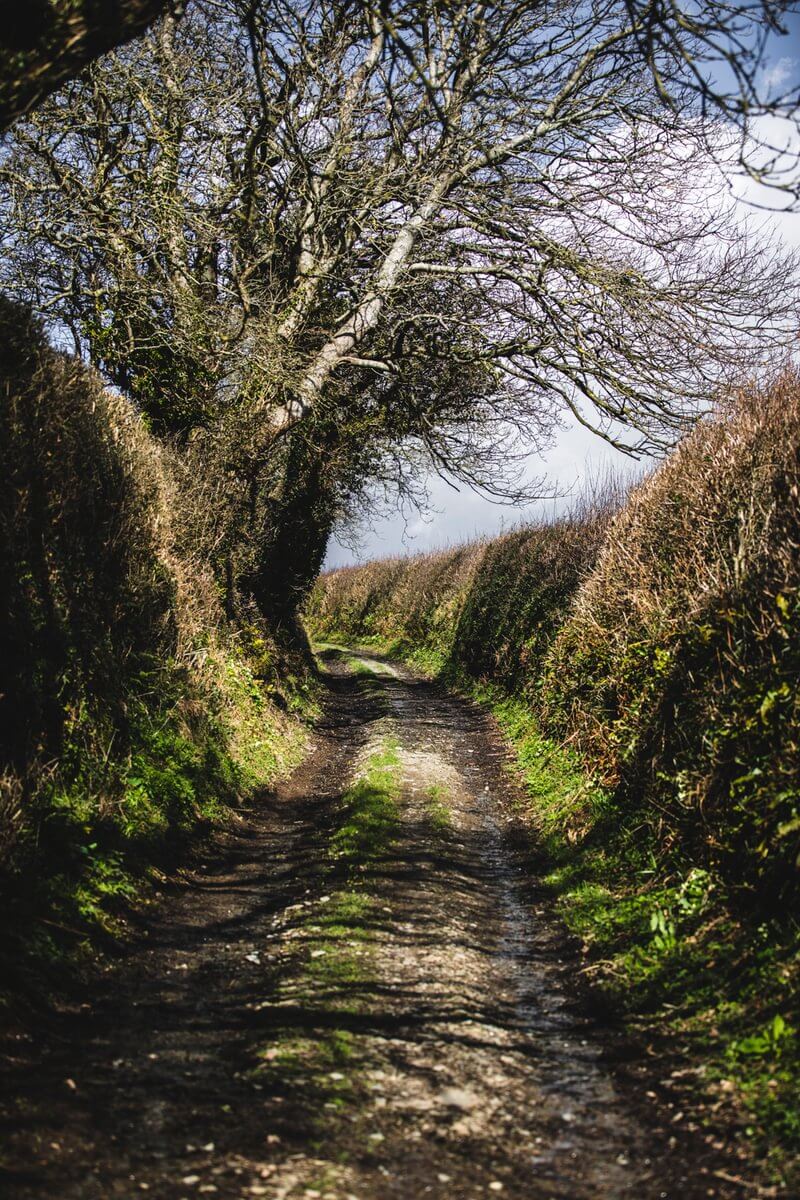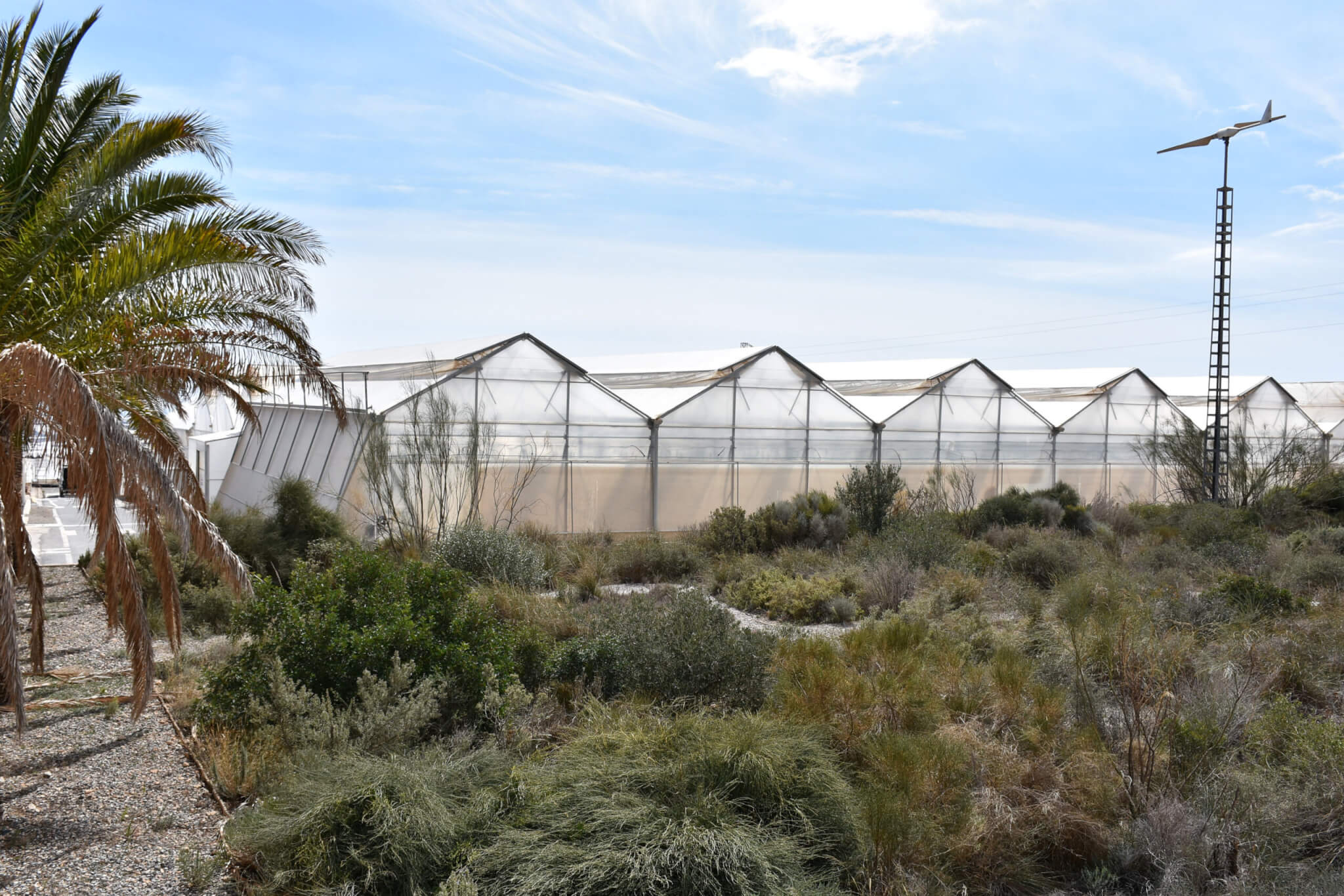After the oscillating extremes of April’s drought and May’s gales, deluges and late frosts, June has been blissfully normal. With plenty of sunshine and moisture in the ground, crops are recovering and starting to perform more in line with expectations. We are still two to three weeks behind, but expect most crops to produce their planned yield, if not on the planned date.
The stresses of those extremes has been too much for some crops – compounded by losing their protective covers to the gales, losing soluble nutrients in the soil to the heavy rain, and some having to wait too long in trays before we were able to plant them in the ground. Nature’s response to excessive hardship is to cash in early and run prematurely to seed, in the hope that their progeny will enjoy better conditions next year. We have lost one planting of lettuce and some salad leaves, which turned inedibly bitter as a prelude to sending up flowers.
I was worried that the persistent damp in May would lead to a build-up of the fungal disease botrytis in our strawberries. But three largely dry weeks have saved us; after picking off some bad fruit, and a few losses to slugs initially, we have a fantastically healthy crop of super tasty berries. As temperatures rose and ripening accelerated last week, it was a struggle to get enough pickers – but, despite widely reported labour shortages, we seem to have found just enough flexible and nimble-fingered youths to stay on top. It is amazing how effective a network of children, nephews, and yoga and pilates classmates can be in a crisis.
Once again my son Donald and his friends are wading around in the mud foraging for samphire. The tidal marshes in south Devon were formed when an old sea wall breached 20 years ago, flooding marshes that were originally drained by Napoleonic prisoners of war. Every year we worry that the annual (growing and seeding in the same year) samphire will be out-competed by salt-tolerant perennials like sea purslane and sea lavender, but there seems to be just enough movement of the mud to keep the habitat open and let the samphire emerge each spring. It is a short season – but a very limited amount will be available to add to veg box orders until late July, when it gets tough and runs to seed. Our Samphire Veg Hack has been filmed down in the marsh; look out for it on social media and YouTube.












0 Comments